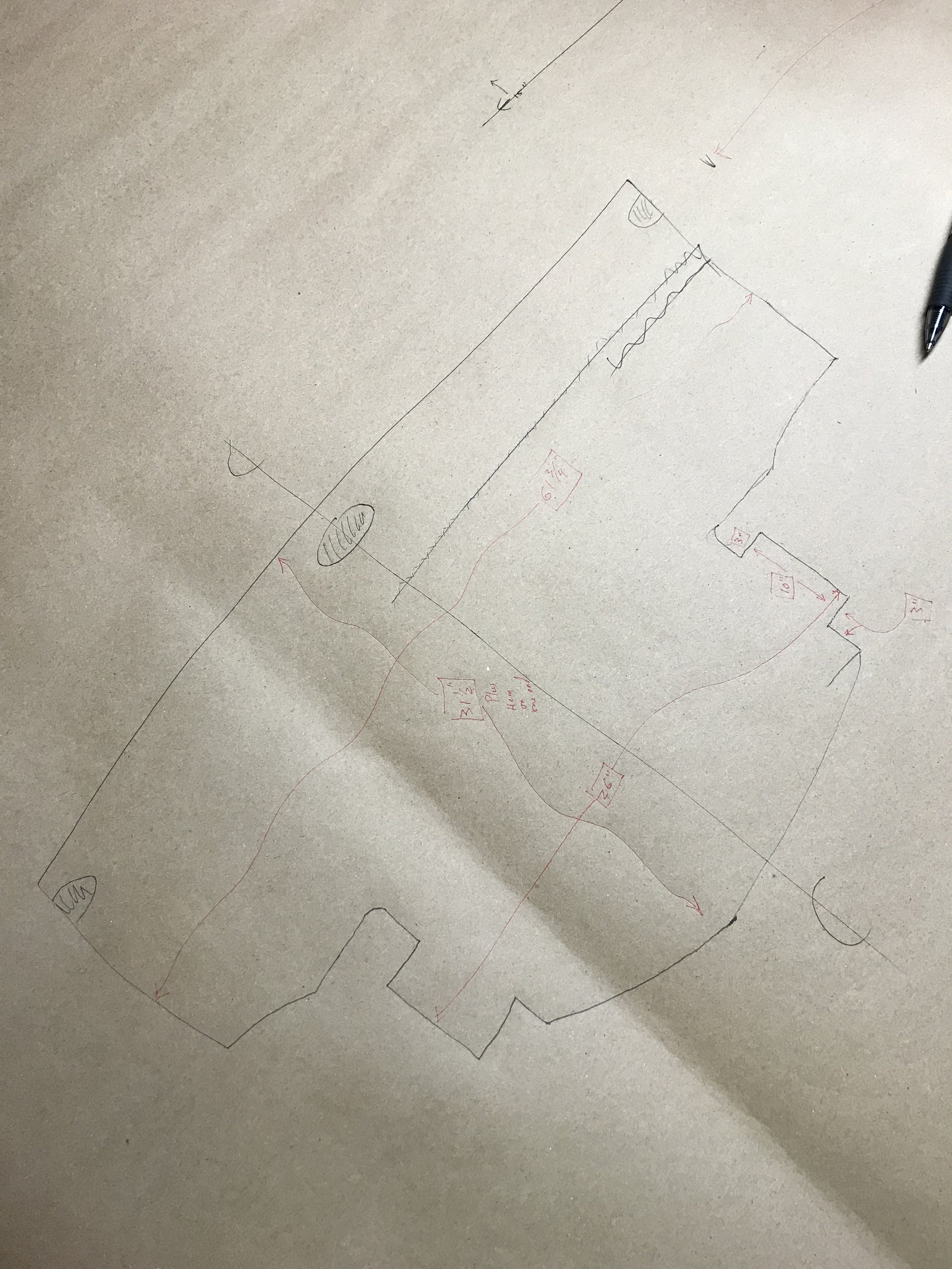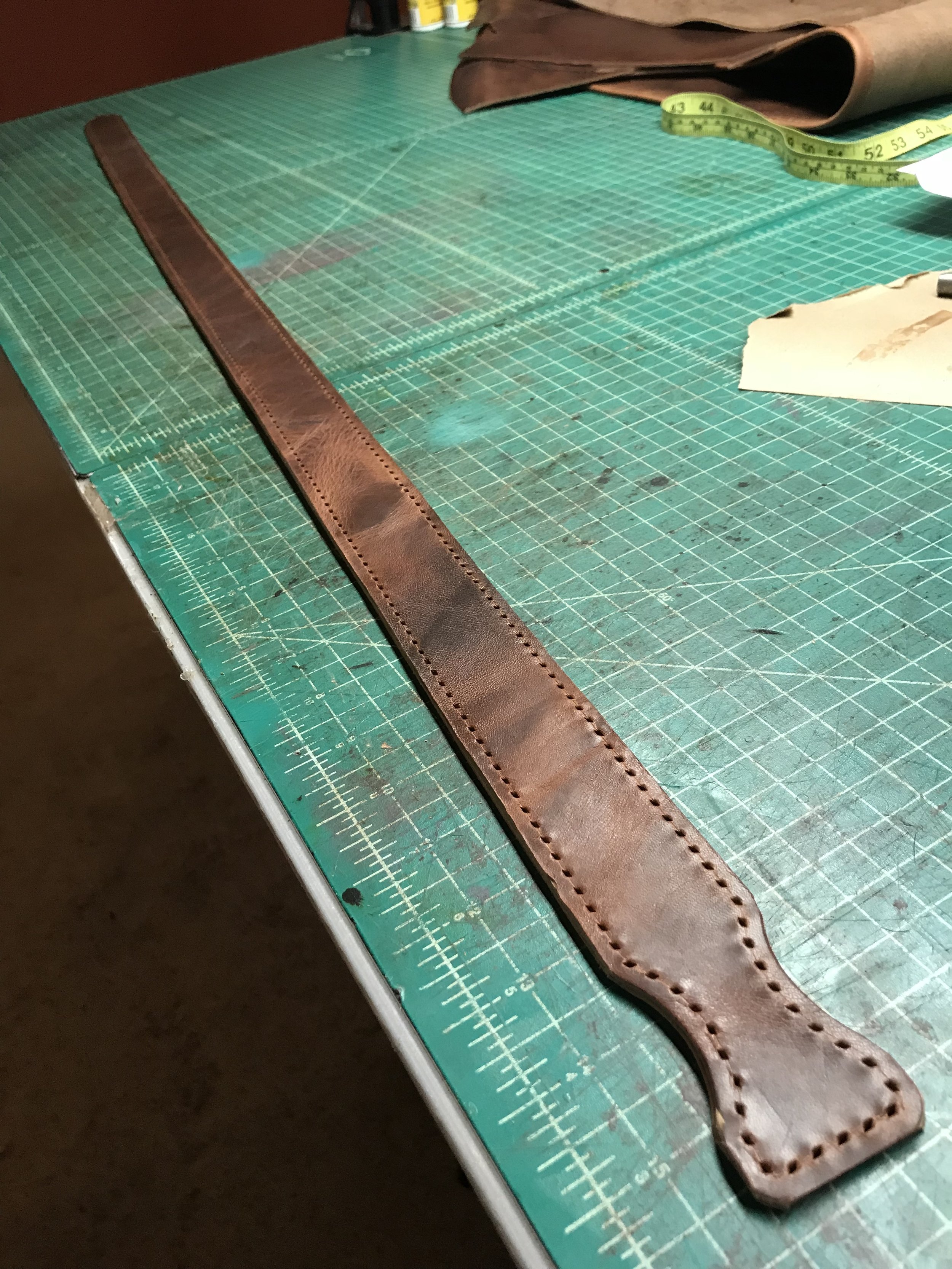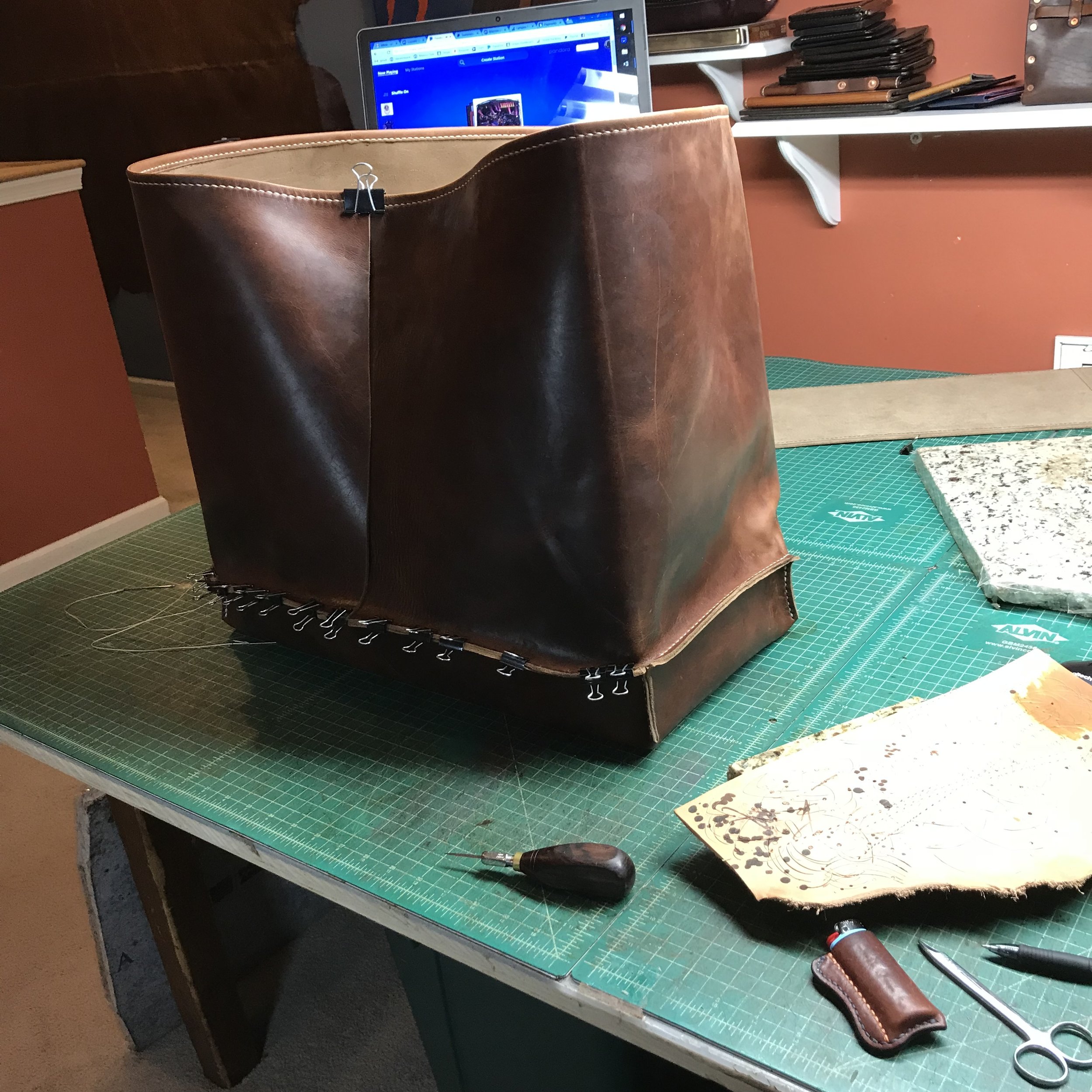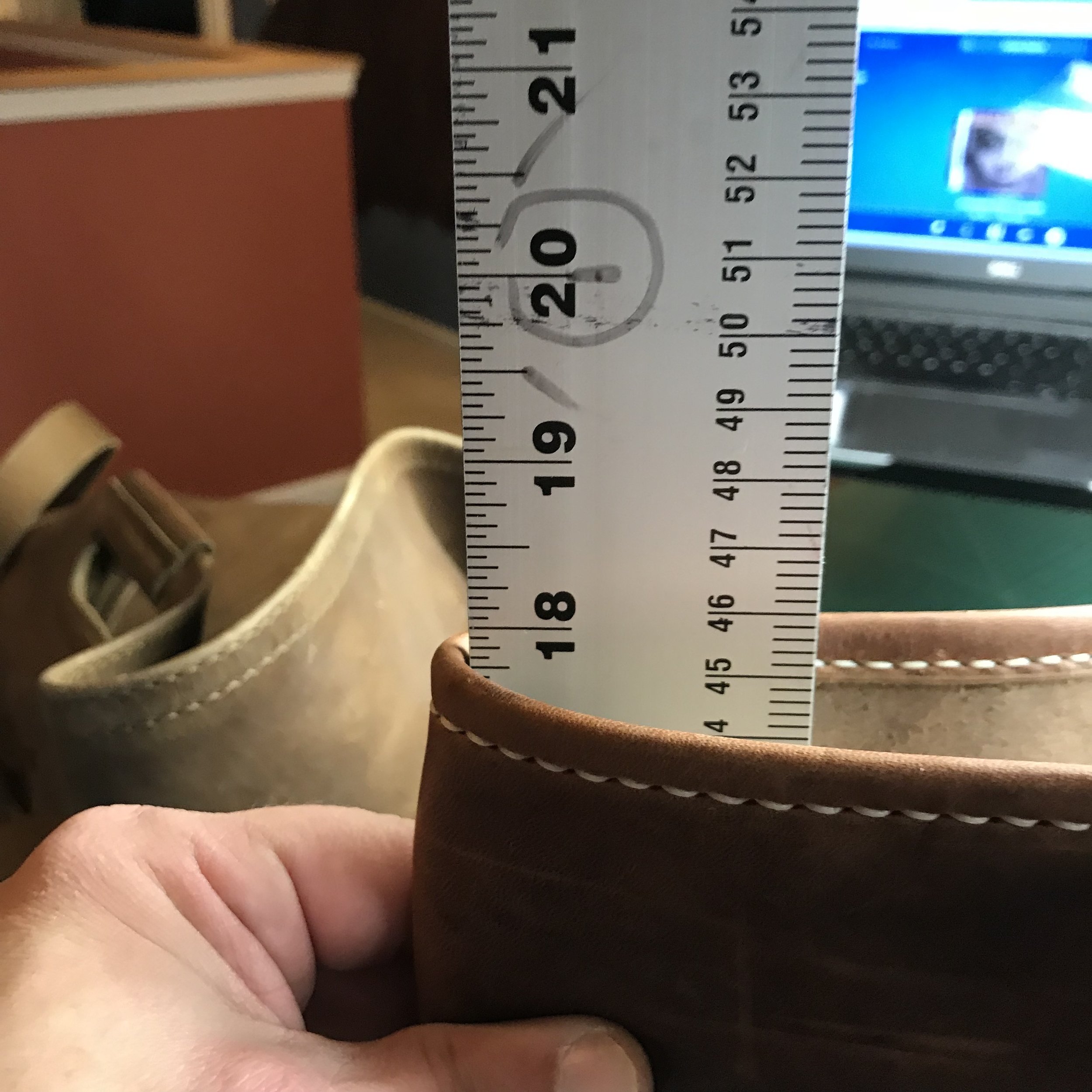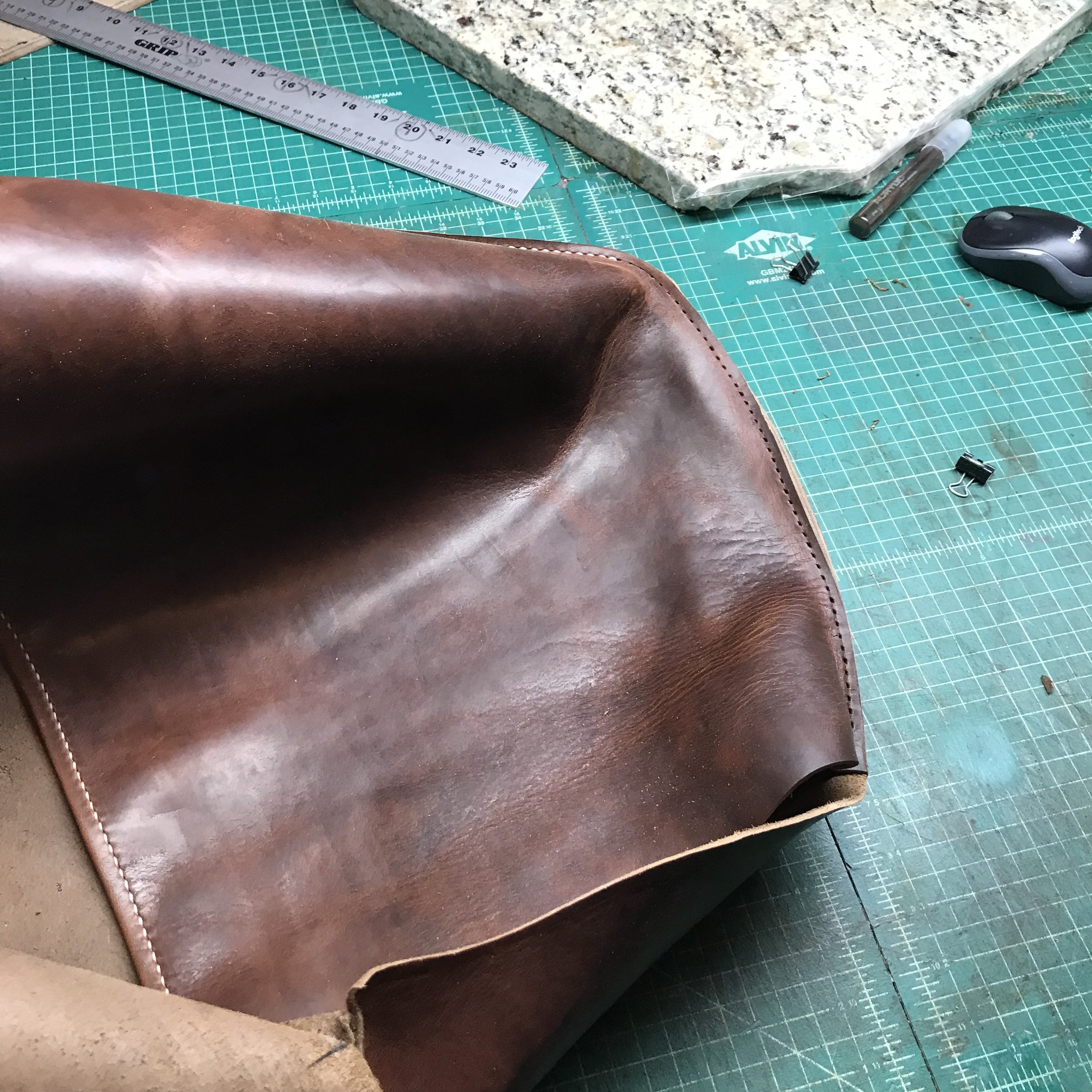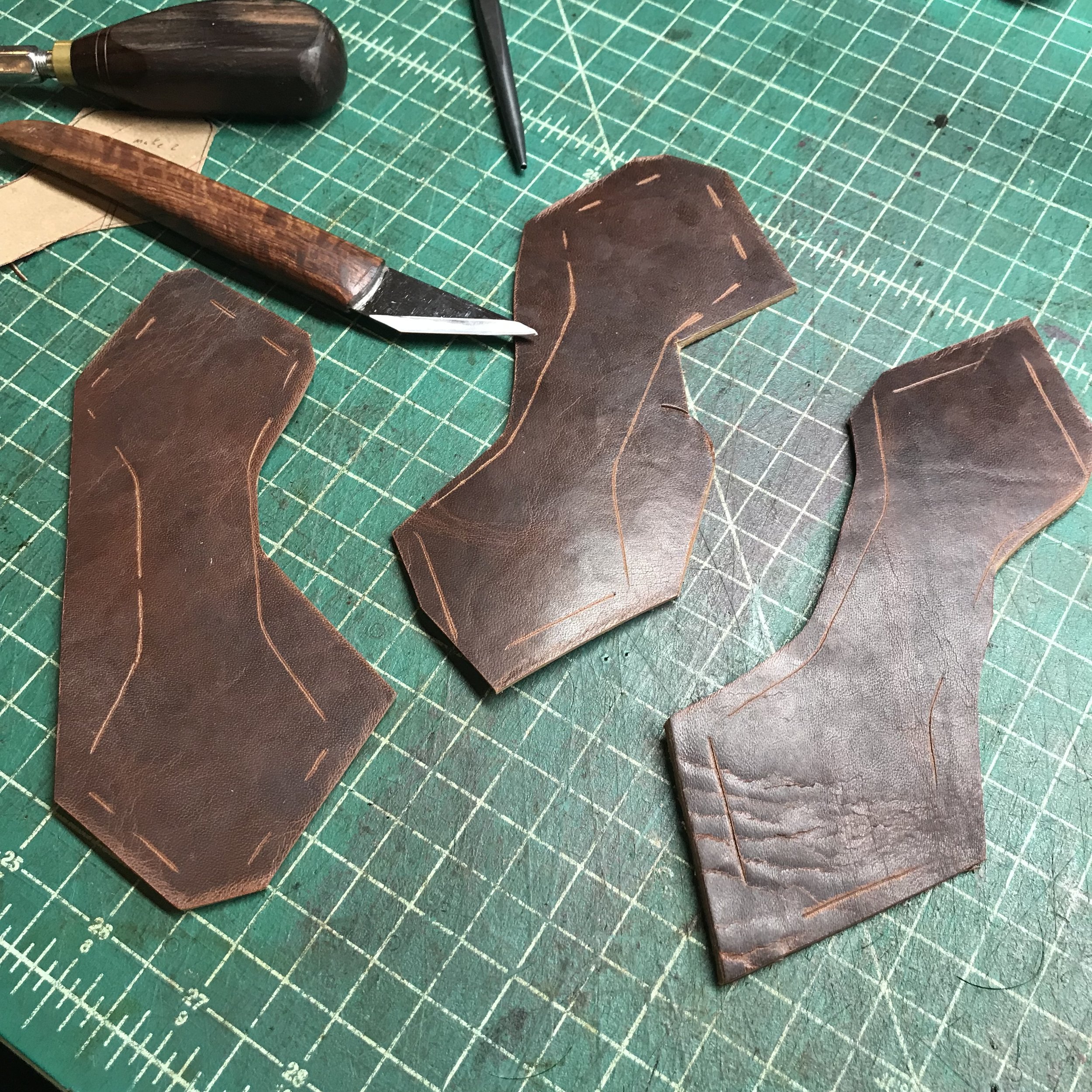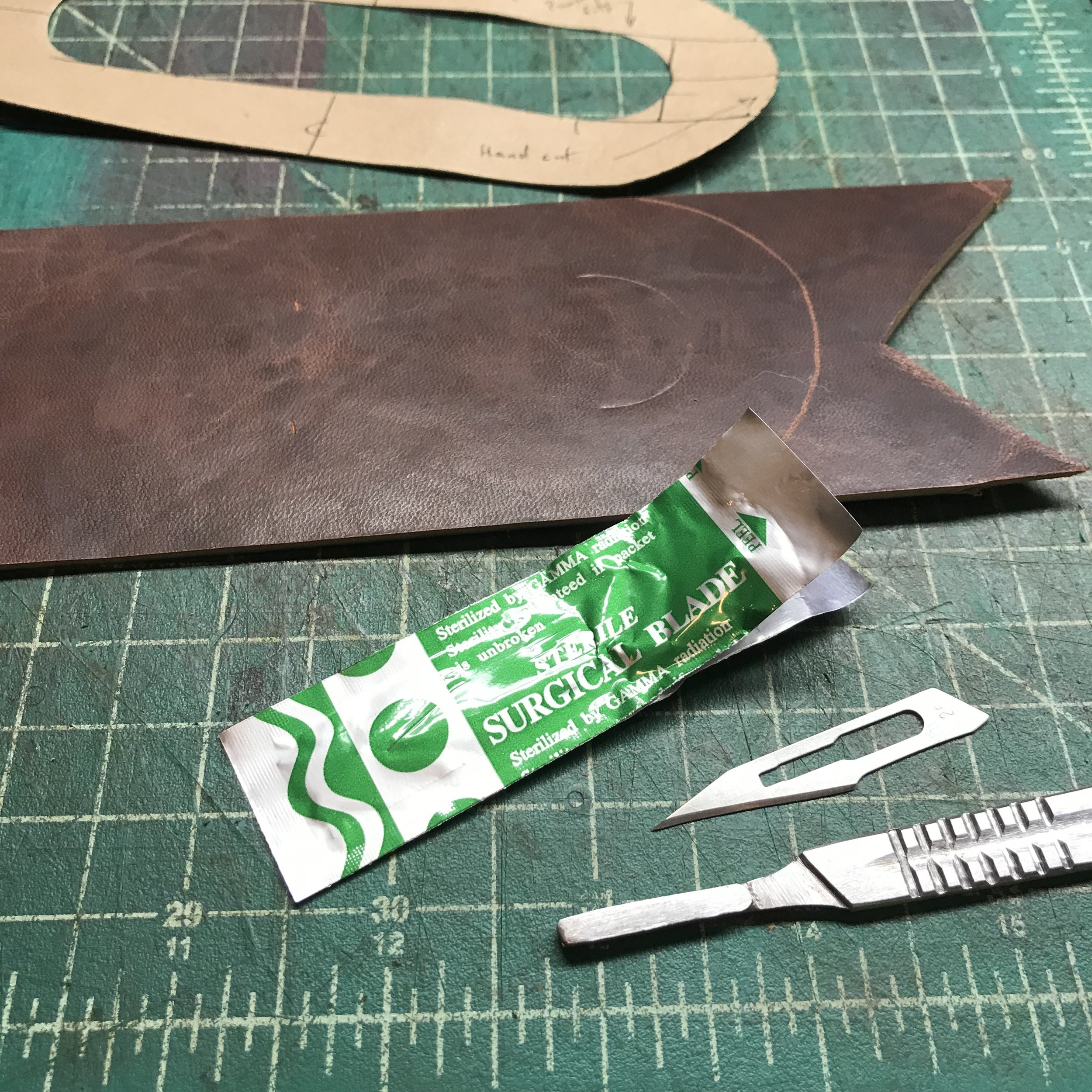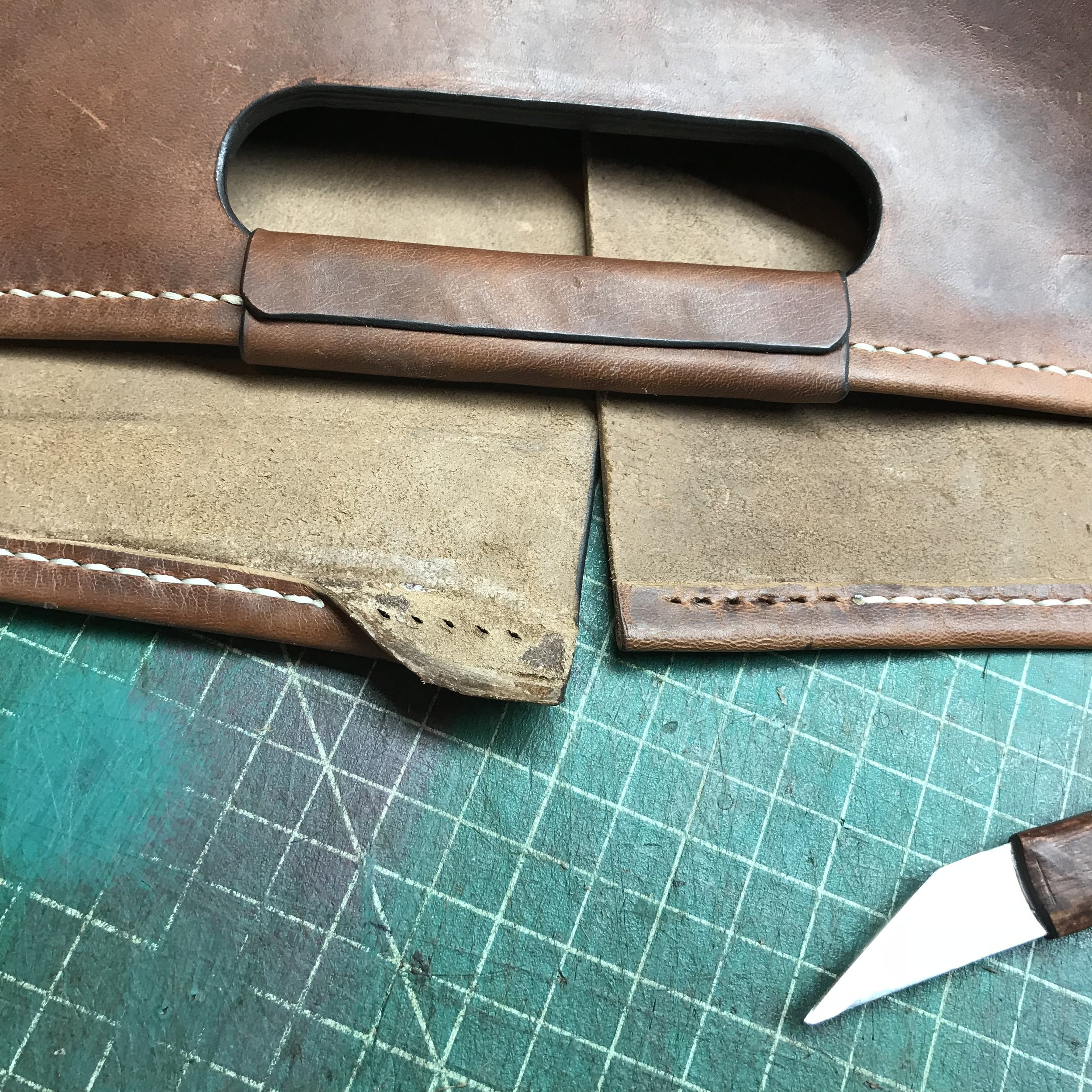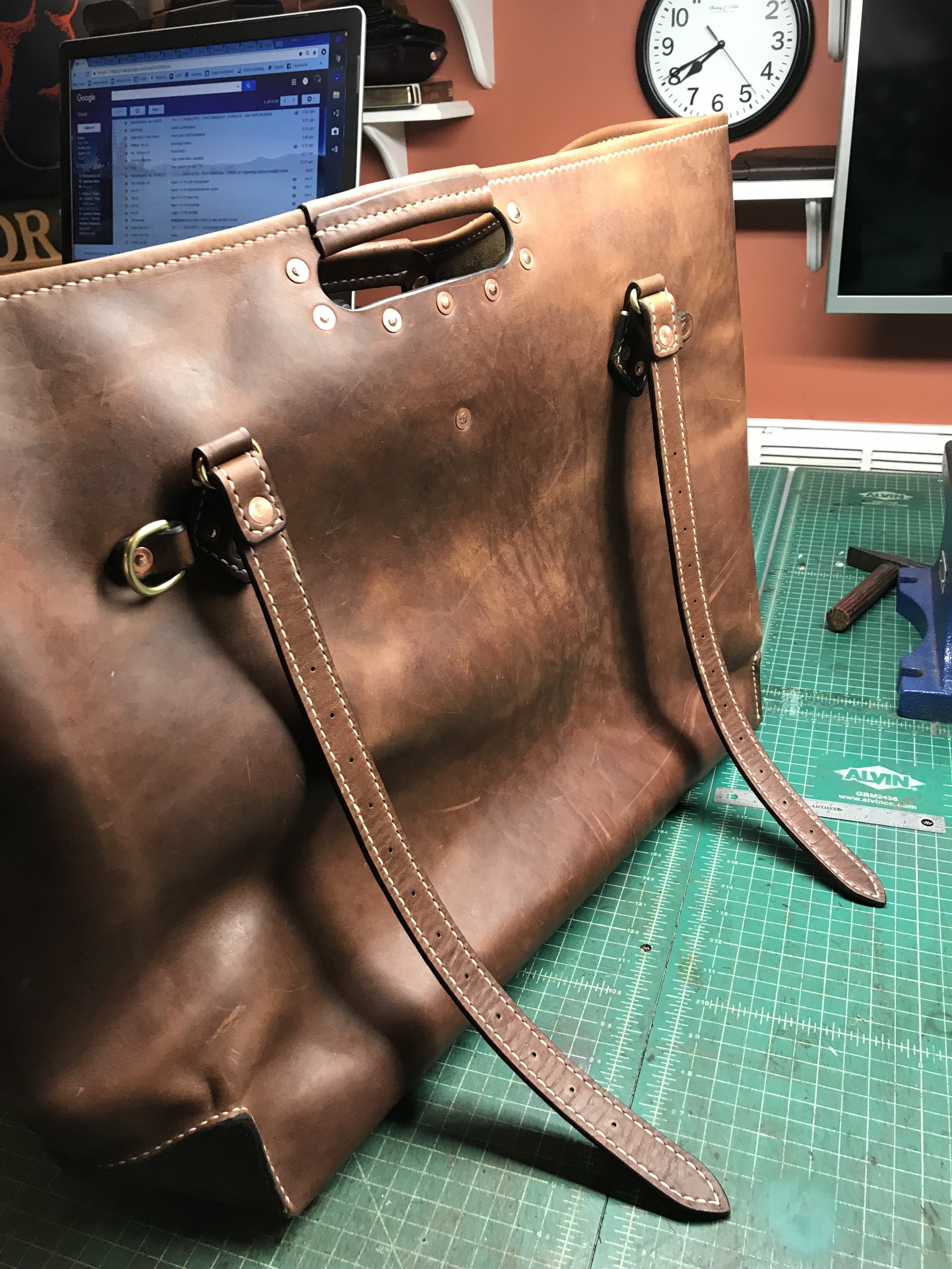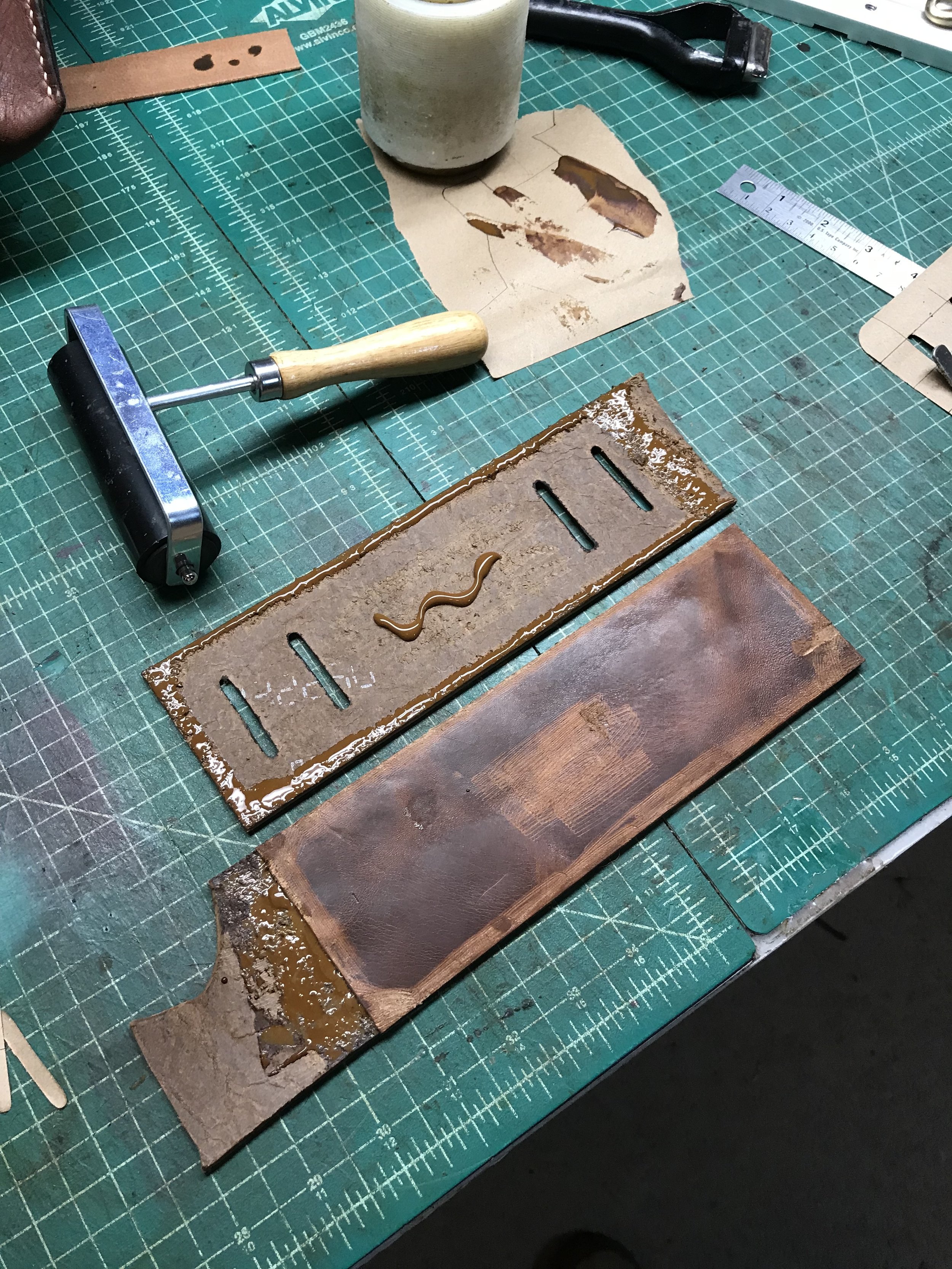What does “Mascon” mean, exactly?
The short answer is: My grandfather, uncle, father, and myself are / were all brick masons.
The long answer is: The story begins in the 1960s. My grandfather had a construction company, “Mas-Con Construction”. Where “Mas = Masonry” and “Con = Concrete”. The company was in existence from the 60s to the 80s. The name has been in and around the family for over four decades. The name was simply always “around”. And it was always pronounced as a singular word, “Mascon” (“mass” + “con”).
Somewhere around 2012, when the demand for my hand-crafted leather items grew beyond simply an outlet for family and friends to have an item to give for Christmas and birthday gifts, I was urged to create or come up with a name for my burgeoning brand. At the time, it was sort of fun and cute to pretend there was a real company there. I simply adopted the “family name”, with the hyphen dropped, as it had been pronounced verbally for so long.
And so, "Mascon Leather" was born, reviving the old family business name in a new form.
Original "Mas-Con Construction" sign from the 1960s
Original business ink stamp from the 1960s


